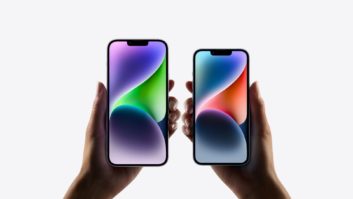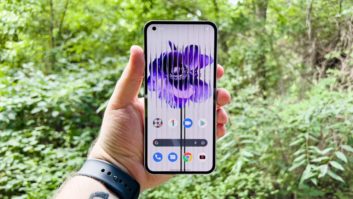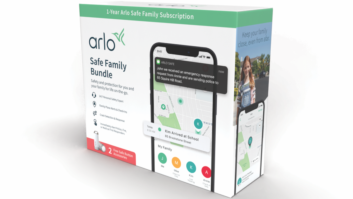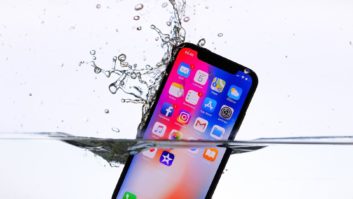Black Friday made history last week as the first day ever to generate over a billion dollars in sales from mobile devices, according to Adobe Digital Insights (ADI).
But a recent data report from Apteligent suggests that sales for all of Black Friday weekend could have been significantly higher, based on the impact that app crashes have on “hard churn” (essentially losing customers), and on the likelihood of customers returning the next day.
Among the key takeaways from our “Crash and Churn” report:
*crashes increase churn by as much as 534 percent, representing a six-fold increase over average churn rates;
*crashes decrease next-day app opens by almost eight-fold over the normal open rate;
*the data show that “light” users, or those with fewer app opens per day, tend to churn at higher rates based on crashes; and
*the impact of crashes on churn also varies by app store category: Shopping and finance apps are particularly vulnerable to user loss when the app crashes, while users of game and travel apps are much more resilient, and more likely return despite crashes.
For Black Friday this is an interesting exercise. If one assumes that Black Friday shoppers generally look for deals the day before to buy on Black Friday itself, one can calculate the amount of money retailers could potentially lose because of poor app performance.
The best-case scenario is that an app experiences 0 crashes. Even then only about 80 percent of consumers will return the next day. That number falls to 55 percent as the crash rate for an individual approaches 100 percent. Which means if they load the app once and it crashes once, then only 55 percent of those users will return the next day.
Below is a graph of the user crash rate distribution for all consumers that experienced a crash:
Assuming the worst-case scenario, in which every retail app user experiences at least one crash the day before Black Friday (with users experiencing crashes in the manner described above), it can be expected that the following would happen, based on ADI’s year-ago sales tallies*:
1. About 5 million people would abandon Black Friday shopping (or one-third of mobile shoppers);
2. Almost $300 million in potential revenue would be lost ($299,875,140.90 to be exact); and
3. At least 700,000 people would never return to the aforementioned apps.
Of course the expectation is for better performance from shopping apps, but this is nevertheless an interesting exercise to consider the potential consequences of crashes. Indeed, a recent report by PWC indicates that mobile shopping is set to grow by 25 percent this year. This is great news for those in the space, but it only increases the need to invest in performance and user experience tools for the holiday season.
*The total 2015 spend on Black Friday was $2.72 billion. Mobile represented 34 percent, or $925 million, generated by over 15 million mobile shoppers, spending $60 per person on average.
Andrew Levy is the co-founder and chief strategy officer of Apteligent, a 15-year-old predictive mobile app engine that provides mobile insights and helps businesses make informative, move-the-needle decisions based on hard data.













